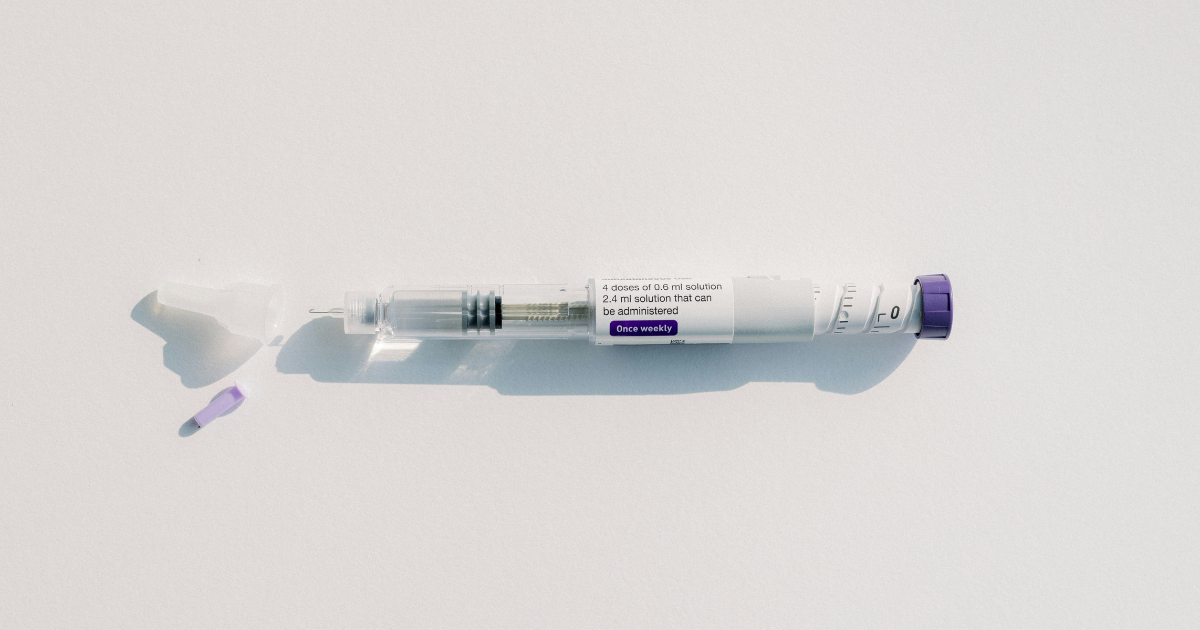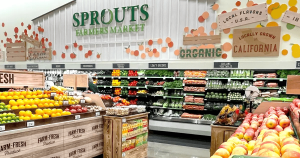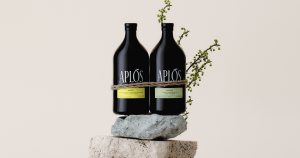Weight loss drugs have changed a lot more than waistlines.
As prescriptions for Ozempic, Wegovy, and Mounjaro skyrocket (more than 5 million Americans are already taking them, with projections of 30 million by 2030), their ripple effects are moving far beyond healthcare.
Appetites and habits are already changing. The way people drink is too.
The Shift Taking Place
GLP-1 medications suppress appetite and alter reward pathways in the brain. For many users, that means food tastes less exciting, and alcohol is less appealing.
In a Morgan Stanley survey, 62% of GLP-1 users said they’re drinking less, with up to 18% cutting alcohol entirely. That tracks with a new JAMA Psychiatry study showing that low-dose semaglutide (the active ingredient in Ozempic) reduced alcohol cravings and heavy drinking days in adults with alcohol-use disorder.
These are measurable neurological effects. Researchers at the National Institute of Health now believe GLP-1s could help treat addiction by modulating the same dopamine systems tied to reward and reinforcement.
For the beverage industry, that means two things:
- Consumption will likely decline, especially among heavy drinkers (the top 10% of Americans who drive ~60% of alcohol sales).
- What (and how) people choose to drink will get more intentional.
Supercharging The Moderation Movement
The moderation trend has been gaining momentum for years. But GLP-1s could make “drinking less” less of a choice and more of a physiological baseline. This could be great news for non-alcoholic beverage brands.
A PwC survey of 3,000 Americans found that GLP-1 users are spending 11% less on food overall, with major reductions in snacks, baked goods, and alcohol. But it also showed that many are making healthier choices rather than abstaining entirely.
That nuance matters. Just as the rise of plant-based foods didn’t eliminate meat, the GLP-1 era won’t eliminate alcohol. Occasional drinking occasions will still exist, but the day-to-day “habitual” ones (the glass of wine at home, the post-work beer) may fade.
For non-alcoholic beverage founders, the total addressable market expands as consumers who aren’t “sober curious” start seeking options that fit their new lifestyle.
Functional Beverages Have an Upper Hand
Management consulting company AlixPartners predicts functional drinks will benefit the most as GLP-1 adoption rises.
Since the drugs can reduce muscle mass and nutrient absorption, consumers are turning to beverages that add back what they’re missing: protein, electrolytes, vitamins, and probiotics.
That’s a wide-open lane for non-alcoholic beverage brands that already lean into function. Adaptogenic mocktails and other functional blends sit in the sweet spot between indulgence and wellness.
Some major food companies are already there: Nestlé launched its Boost Pre-Meal Hunger Support drink specifically for GLP-1 users, and Danone has done the same under its Oikos line. For non-alcoholic beverage brands that want to stay relevant, aligning product development with those consumption shifts is a strategic move.
New Drinking Behaviors
The behavioral impact of GLP-1s could redefine what a “drinking occasion” looks like. If people are satisfied faster and crave less, they’ll prioritize quality and experience over quantity.
That could translate to:
- Smaller serves: mini cans and RTDs fit consumers who want one drink, not three.
- Bolder flavors: early research suggests GLP-1s can blunt taste perception. Spicier, more aromatic, or bittersweet profiles (think amaros and shrubs) may perform better.
- Premium positioning: as volume decreases, perceived value has to rise. That means craftsmanship and storytelling matter more than ever.
As Emma Louise Tucker wrote in her New Rules column, if the urge to drink is dampened, your brand has to do more heavy lifting. “Do people really, really love your brand?” she asked. “If not, you’re in trouble.”
Where Things Go from Here
The GLP-1 conversation is still in its early days. Cost and side effects remain barriers, but adoption will almost certainly grow. As it does, consumer preferences will continue to shift toward products that are functional and emotionally rewarding.
For non-alcoholic beverage brands, the game plan seems clear:
- Invest in flavor innovation that cuts through dulled taste buds.
- Explore nutrient-forward formulations that complement smaller appetites.
- Build brand worlds that make your product about more than abstinence.
Whether or not the GLP-1 boom reshapes alcohol entirely, it’s already reshaping how people think about what goes in their glass.






